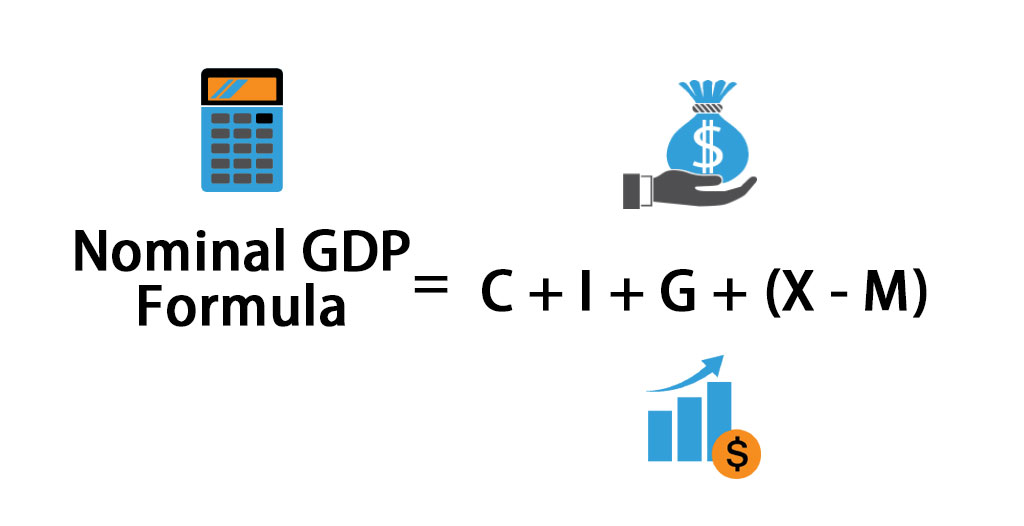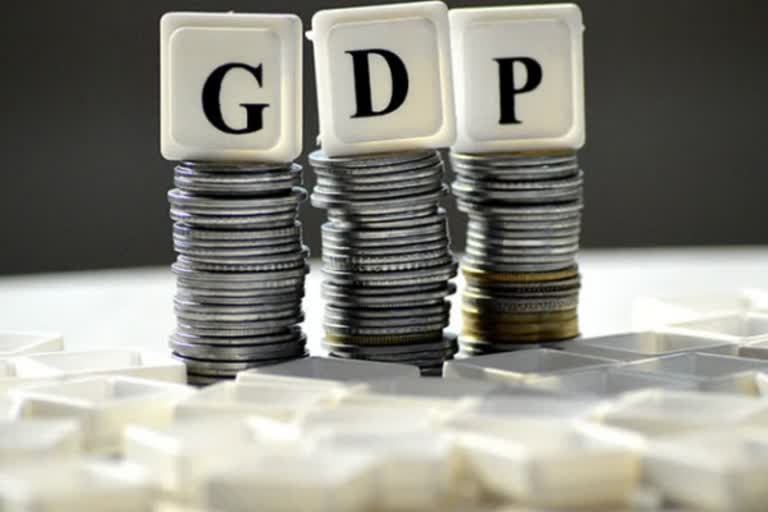கடந்த சில மாதங்களாக இந்தியாவின் பொருளாதாரம் படு மோசமான வீழ்ச்சியை சந்தித்து வருகிறது. இதன் காரணம் மத்திய நிதிநிலை அறிக்கையில் ஜிஎஸ்டி வரி உயர்வு, ஆட்டோமொபைல் துறைகளின் ஏற்பட்டுள்ள வீழ்ச்சி என்று பல்வேறு கணக்கெடுப்புகள் கூறுகின்றன. இந்திய பொருளாதாரம் கடந்த ஆண்டு மொத்த உள்நாட்டு உற்பத்தியில் (GDP ) 8 விழுக்காடுகள் இருந்த நிலையில், இந்த ஆண்டு 5 விழுக்காடுகளாக மாறியதன் அடிப்படையில் இந்திய பொருளாதாரம் வீழ்ச்சி நிலையில் உள்ளது என பொருளாதார நிபுணர்கள் கூறுகின்றனர். உண்மையில் மொத்த உள்நாட்டு உற்பத்திக்கும்(GDP) இந்திய பொருளாதார வளர்ச்சிக்கும் சம்மந்தம் இருக்கிறதா என பல பேருக்கும் சந்தேகம் உள்ளது.
மொத்த உள்நாட்டு உற்பத்தி (ஜிடிபி) ஆண்டுதோறும் குறிப்பிட்ட காலப்பகுதியில் உற்பத்தி செய்யப்படும் அனைத்து இறுதி பொருட்கள் , சேவைகளின் சந்தை மதிப்பின் பண அளவீடுயைப் பொறுத்தது. இதனை GDP = C + I + G + (X – M) என்ற விதிமுறையைக் கொண்டு கணக்கிடுவார்கள். இதில்,
C =நுகர்வு(Consumption ) ,
I=முதலீடு (Investment ),
G = அரசு செலவு (Government spending ),
X =ஏற்றுமதி (Exports ),
M = இறக்குமதி (Import )

ஆகும். நாட்டின் பொருளாதார வளர்ச்சி அந்த ஆண்டில் செய்யப்பட்ட முதலீடு, அரசு செலவு, ஏற்றுமதி,இறக்குமதியைக் கொண்டு கணக்கிடுவார்கள். கடந்த 2018 - 2019 Q1 காலாண்டில் 8 விழுக்காடாக இருந்த மொத்த உற்பத்தி இந்த ஆண்டு 5 விழுக்காடாக குறைந்துள்ளது. 2012 -2013 Q1 காலாண்டுகளில் 4.5 விழுக்காடாக இருந்த இந்தியப் பொருளாதாரம் 6 ஆண்டுகளுக்குப் பிறகு மீண்டும் அந்த நிலைக்கு தள்ளப்பட்டுள்ளது. இதன் அடிப்படையில் பார்க்கப் போனால் வாழ்வு ஆதாரத்தைப் பொறுத்து நுகர்வோரின் நிலை மாறுகிறது.
உதாரணமாக இந்தியாவில் வறுமைக் கோட்டுக்குக் கீழே வசிப்பவர்கள் 20 விழுக்காடு மக்கள். அதாவது 25 கோடி மக்கள் என ஒரு கருத்தாய்வு தெரிவிக்கிறது. இவர்கள் தினசரி 32 ரூபாயில் தன் வாழ்க்கையை நடத்தும் வகையில் ஒரு ஆண்டுக்கு இவர்களது வருமானம் 11,664 ரூபாய் ஆகும். இந்நிலையில் இந்த மொத்த உள்நாட்டு உற்பத்திக்கும் இவர்களுக்கும் எந்த சம்பந்தமும் இல்லை. இந்த வகையில் தான் இந்தியப் பொருளாதாரம் செயல்பட்டு வருகிறது. இந்தியப் பொருளாதாரம் வளர்ந்து கொண்டு போவதாக சொல்லும் நிலையில், எந்த ஒரு துறையிலும் முன்னேற்றம் இல்லாத நிலையில் இந்தியப் பொருளாதாரம் எப்படி வளர்ச்சி அடையும் என்ற கேள்விக்கு மத்திய அரசாங்கம் தான் பதில் அளிக்க வேண்டும்.



